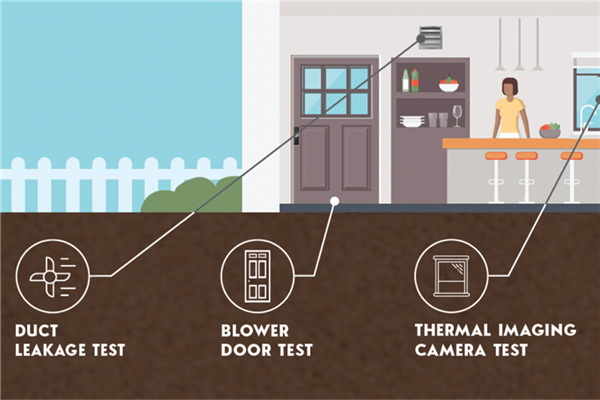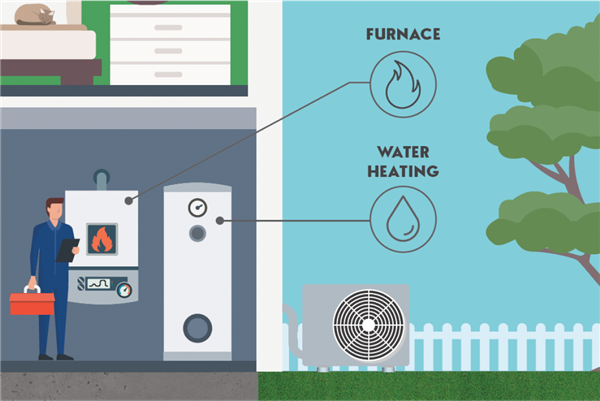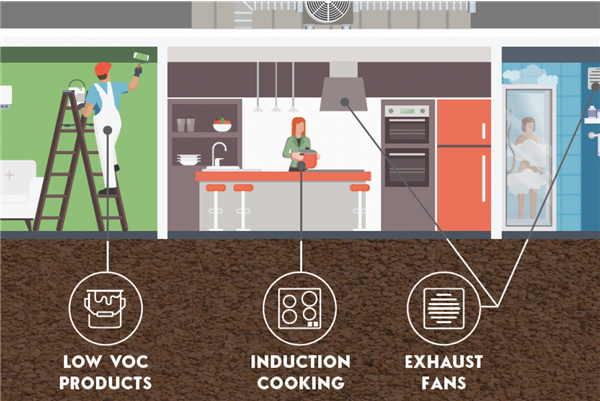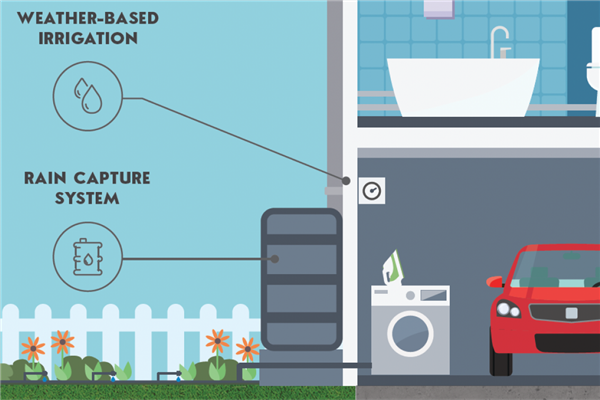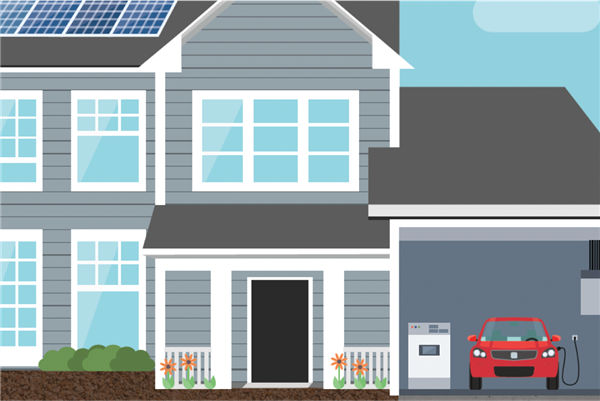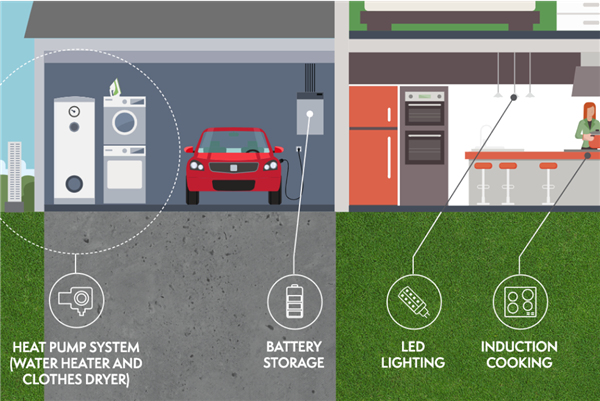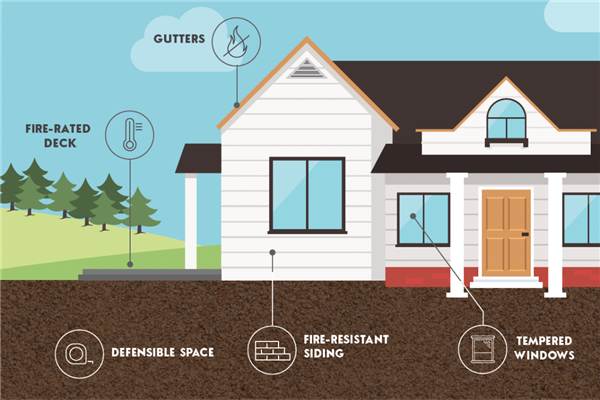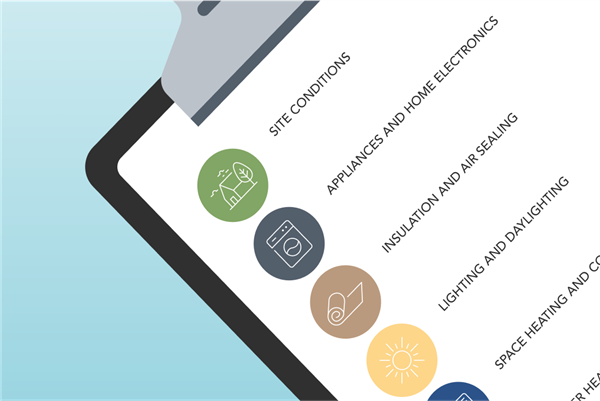Welcome to the Home Resilience Guide
The County of Sonoma, in partnership with the Bay Area Regional Energy Network (BayREN), are pleased to bring you a guidebook that will educate you on improvements you can make for a more energy efficient, safe, comfortable, and resilient home. You’ll learn about energy efficient technologies, water saving features, and ways you can protect your home from wildfires, earthquakes, and much more.
Assessing Your Home's Energy Use
Assessing your home’s energy use and its ability to protect your family fromthe impact of disasters is the foundation from which to understand and plan forimprovements—to make your home more efficient and resilient.
Home Energy
Who doesn’t want more comfort and lower bills? Most houses today lose as much as half of their cooled/heated air because they have poor insulation, inefficient heating/cooling systems, leaky ducts, and have leaks in the attic and around doors/windows. Learn about improvements you can make to bring down your energy costs and be more comfortable.
Indoor Air Quality
Indoor Air Quality (IAQ) refers to the air quality in buildings as it relates to the health of the building occupants. There are many sources of indoor air pollution including combustion appliances, moisture, cleaning products, building materials, furniture, dust, pests, pollen, and outdoor air pollution including wildfire smoke.
Water Efficiency
Water is a finite resource, there is only so much and no more. Ongoing drought conditions along with growing demand from new and expanding communities, industry, and agriculture put increasing pressure on this vital resource. Every drop of water counts!
Clean Energy Options
Renewable energy, often referred to as clean energy, uses sources that are continually replenished by nature. Solar electricity or photovoltaic (PV) technology converts sunlight into electricity for your home. When combined with battery storage and electric vehicles, solar electric systems can go a long way to enhance your home’s energy independence and resilience, lower utility bills, and reduce your carbon footprint.
Now Its Time to Go All-Electric
All-electric homes that eliminate natural gas are safer, healthier, and more efficient, and reduce greenhouse gases that contribute to climate change. Energy efficient electric appliances can help lower your energy use, which can translate into savings on your energy bill.
Home Hardening
Resilient upgrades including wildfire construction hardening and seismic strengthening not only keep you safer and reduce the cost of operating your home, they can also increase resale value. Renovations or improvements present an opportunity to adopt sustainable, resilient materials and building design to promote your family's health and wellbeing.
Funding Your Projects
As a homeowner, reducing your energy costs and having a more resilient home might be your main goal when you decide to install improvements. But if you do some research, you may find that you can stuff some extra cash in your pocket by purchasing and installing improvements eligible for rebates.
